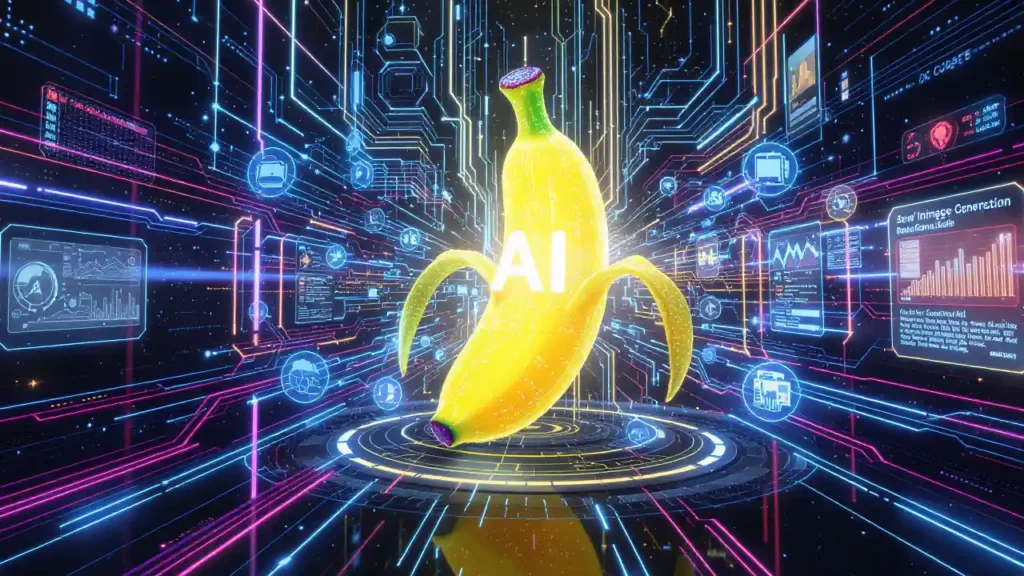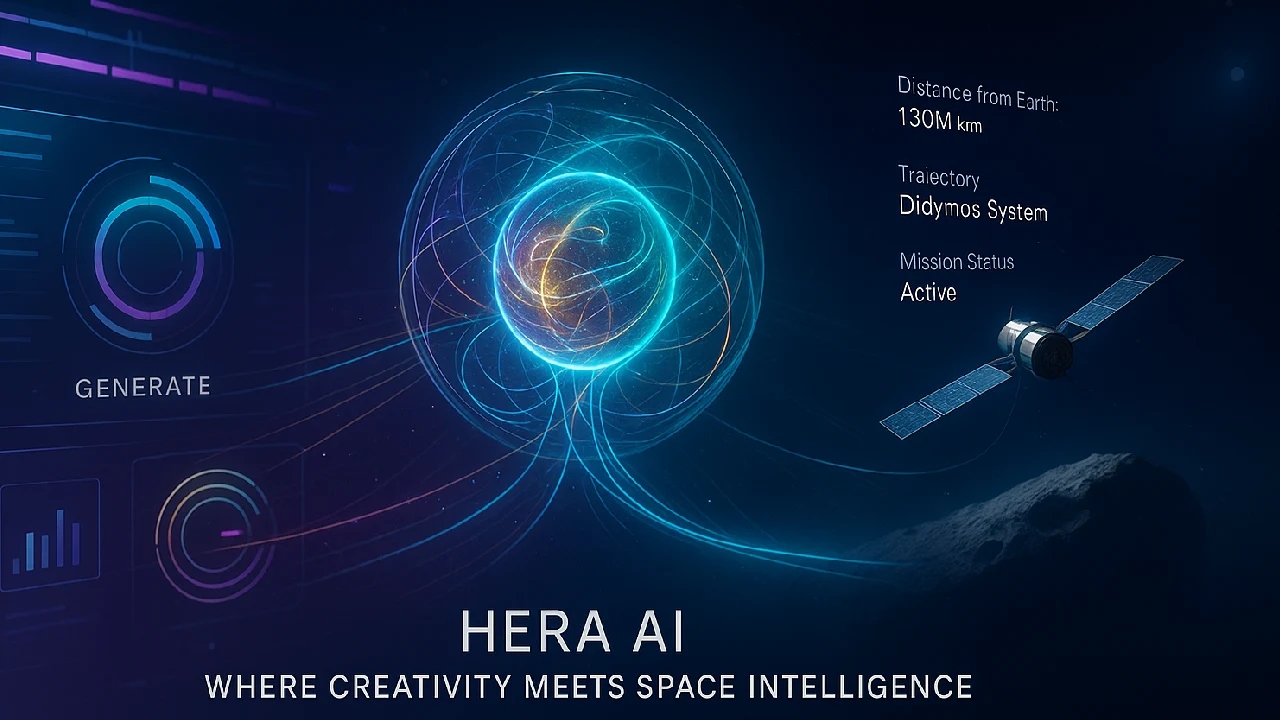Nano Banana AI provides consistent image generation, allowing for character profiles, revisions, and realistic visuals based on basic language prompts.

Nano Banana AI is the latest AI image model to appear on LMarena, generating anticipation that it could be Google’s next-generation replacement for Imagen. The model, known for its remarkable consistency and realistic grasp of the universe, has already been compared to Flux and Bard experiments. But is this truly the future of AI image generation?
What is Nano Banana AI
The name “Nano Banana” alludes to a mystery new AI picture model found in LMarena’s arena mode. It has received recognition for being more accurate, consistent, and lifelike than other consumer-facing models. Many in the AI industry believe it is an experimental Google effort aimed at improving or perhaps replacing Imagen, their main image generating algorithm.
Nano Banana AI Key Features and How It Works
Nano Banana AI stands out with several unique abilities:
- Text-to-Image and Editing – It can both generate images from scratch and modify existing ones with simple prompts.
- Consistency – Users highlight its ability to stick to instructions, such as recreating identical characters across multiple prompts or producing official-looking documents like passport-style photos.
- World Understanding – Its generated scenes often look grounded in reality, showing strong contextual awareness.
- Advanced Modification – While not confirmed to handle hex-code precision (e.g., button colors), it can process significant detail-level customization through prompts.
- New Architecture – Some speculate it doesn’t use traditional diffusion but rather a block or pixel-based generation style, similar to matrix printing.
These features collectively make it one of the most reliable image models publicly tested so far.
Why Nano Banana Matters
The attraction of Nano Banana stems from its combination of control and realism. Unlike many models that hallucinate details, Nano Banana frequently receives prompts on the first attempt. For creators, this means fewer trial and error when designing characters, environments, or product mockups.
If linked to Google, the model might provide a significant challenge to services like MidJourney, DALL·E, and Flux. Its concentration on uniformity may make it the preferred choice for brand work, advertising, or media where truth is more important than artistic flair.
Limitations and Criticisms
Despite its promise, Nano Banana is not flawless:
- Physics issues – Generated water lacks natural flow, fruits sometimes float, and ships have structural oddities.
- Botanical mistakes – Some flowers it produces don’t exist in reality.
- Mixed reviews – While some call it “the most consistent model,” others describe results as unimpressive outside native generations.
- Access limits – Currently it’s only accessible on LMarena and cannot be installed locally or on phones. Many suspect it’s a distilled consumer-grade version of a more powerful closed model.
Comparison With Flux and Others
Members of the community frequently relate Nano Banana to Flux Kontext and ChatGPT’s picture models. A repeating “window” artifact hints that it may be architecturally similar to Flux. However, its consistency advantage sets it apart. Unlike MidJourney, which focuses on artistic outputs, Nano Banana appears to prioritize accuracy and photorealism.
Final Take
Nano Banana AI is more than simply a unique codename; it signals a revolution in how AI picture models balance realism, control, and scalability. While it isn’t flawless, its consistent results and potential linkages to Google indicate that it might be a significant step forward in consumer AI photography.







